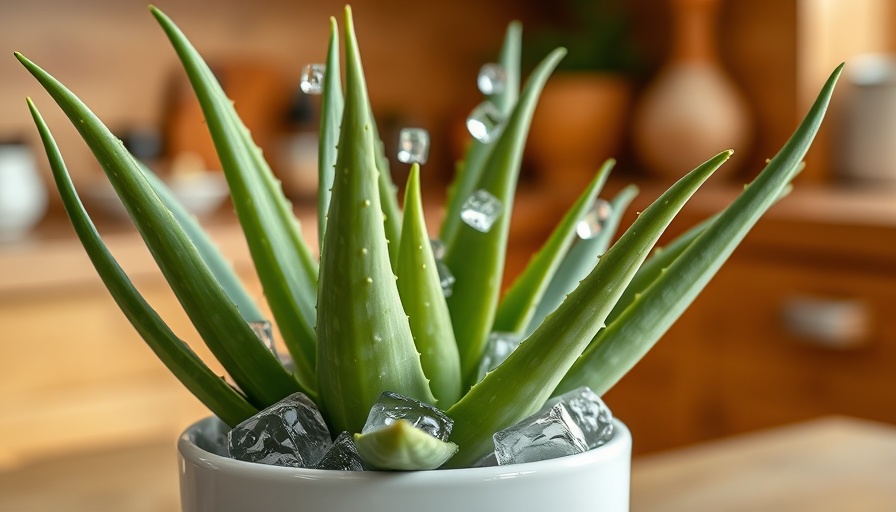
The Controversial Practice of Watering Houseplants
Watering houseplants with ice cubes might sound absurd at first, yet it has gained traction among plant enthusiasts for decades. This quirky practice originated in the 1960s, with notable promotion by Thalassa Cruso, a pioneering gardening expert. She suggested that placing ice cubes around the rim of pots could eliminate messy spills associated with traditional watering methods and ensure an even moisture distribution in the soil.
Historical Context and Background
Cruso's innovative approach was initially embraced as a clever solution but quickly faced skepticism. Critics in the 1970s dismissed it as a "horticulturally dangerous fad." Despite concerns, the method found a new life in the 2000s with the introduction of "Just Add Ice" orchids, which encouraged the use of ice cubes for simplifying plant care.
Pros and Cons of Ice Cube Watering
The idea is particularly popular among orchid owners, who swear by this technique for caring for Phalaenopsis orchids. The major appeal lies in its convenience; with just a few ice cubes, there's no need to check soil moisture manually. However, not all tropical plants thrive with this cold-water treatment, as chilling injury poses a real threat to some species.
Scientific Validation: What the Research Tells Us
A pivotal study from Ohio State University in 2017 sought to clarify the benefits and risks of ice cube watering. The research found no significant difference in flower lifespan between orchids watered with ice cubes and those given room temperature water. Interestingly, both methods maintained effective photosynthesis, and roots remained unharmed even when coming into contact with the melting ice.
Unique Benefits and considerations of this Method
For homeowners looking to simplify their plant care, watering with ice cubes can be a practical option, especially if you're managing busy schedules. However, attention should be paid to the specific needs of each plant species to ensure their health and longevity.
Final Thoughts: Is Ice Cube Watering Right for You?
Ultimately, whether or not to use ice cubes for watering houseplants depends on personal preference and the type of plants you own. For those with orchids or other plants that can tolerate cooler conditions, this method may just become your new favorite trick. Always observe and adapt based on your plants' responses. Happy gardening!
 Add Row
Add Row  Add Element
Add Element 



Write A Comment